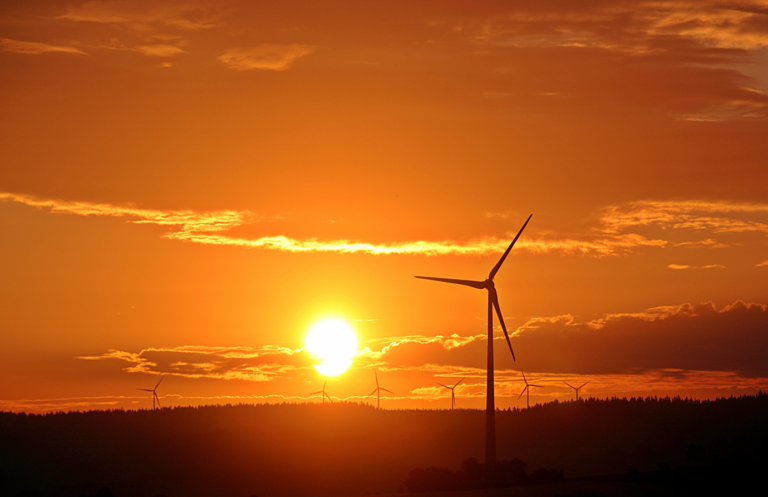
It’s good that people are aware of what’s happening around the globe in terms of climate change. And that is why, as consumers, they are concerned about carbon footprints when using a product or commodity. Thanks to e-vehicles (EVs), which have led people to
- reduce greenhouse gas and CO2 emissions,
- reduce the consumption of non-renewable resources, and
- contribute to transforming our world into a green planet.
Today, on a global level, we can see the growth of technologies that back the e-vehicles. Also, people are receptive to accepting these new inventions and are ready to buy the latest electric vehicles. With these positive signs and more efforts toward a green future, every nation will be able to achieve its zero-emission goal in the years to come.
Have you heard of bidirectional charging in EVs? Check it out now!
EVs in Australia: The Past
Unlike other developed countries, Australia did not seem to immediately clutch to e-vehicles all these years. Exactly ten years ago, in 2013, there were zero EVs sold in the country. And only in the year 2019 were we able to see at least 1% EV market share.
Besides the awareness about EV’s purpose toward a sustainable planet and their low maintenance costs, the market was either not responding or relatively slow to accept them for many reasons.
Just look at this EV market share trend from 2012 to 2022 (source: statista.com)!
However, in recent years, the markets have been changing. It looks like Australians are showing increased interest in buying eco-friendly EVs.
EVs in Australia: The Present
Experts are forecasting that the sales of EVs will increase as less expensive electric vehicle models get launched in the market. Also, they predict that the number of charging infrastructures will increase down the line. In line with this, the Australian EV market study report claims that EV upfront prices will more or less match petrol or conventional vehicle upfront prices in this decade. Click here to view Mordor Intelligence’s detailed forecast of Australia’s EV market share!
Indeed, the Australian government wants to attain this price parity sooner and thus supports the EV projects in as many ways as possible. Some of the notable efforts by the Australian government are:
- Allocation of funds every year to overcome the technology barriers in getting new EVs on the road
- Encourage projects that integrate EVs with the electricity grid
- Support new technologies and tools that help establish ultra-fast charging infrastructures
- Coordination between the EV industry and other renewable energy sectors, including inventors, manufacturers, distributors, retailers, networks, etc.
Australia’s Green Future: How EVs Have Helped in 2023
This year has been very promising in terms of EV sales in Australia. With just 91 EV models (cars, vans, etc.), the country has seen a 120–121% increase in EV sales when compared to last year. Yes, a whopping ~46,620 EVs have been sold in just six months (up to June 2023). These are encouraging indications that show how Australians have begun replacing conventional vehicles with EVs. If not in the heavy vehicle segment, at least in the lightweight vehicle segment.
Kudos to the Electric Vehicle Council (EVC) of the country, which continues to strive hard to give potential suggestions and consultation to the federal government in terms of EVs and a sustainable future.
If this pace continues, the country can see:
- More globally challenging new EV models entering the market,
- More efficiency standards being introduced,
- More jobs are being created through the development of Australian batteries, components, and chargers,
- EVs will become more affordable in all shapes and sizes, and
- More adoption in the heavy vehicle segment.
All of these trends, statistics, and efforts prove how EVs have contributed to the country achieving its net-zero target in the next 25 years!



